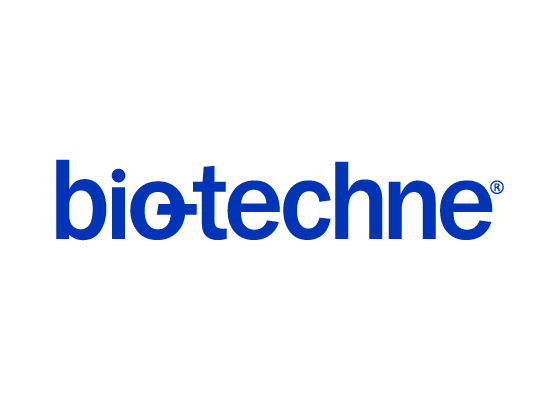Human FGF-10 Antibody
R&D Systems, part of Bio-Techne | Catalog # MAB345

Key Product Details
Species Reactivity
Validated:
Cited:
Applications
Validated:
Cited:
Label
Antibody Source
Product Summary for Human FGF-10 Antibody
Immunogen
Cys37-Ser208
Accession # O15520
Specificity
Clonality
Host
Isotype
Applications for Human FGF-10 Antibody
Western Blot
Sample: Recombinant Human FGF-10 (Catalog # 345-FG)
Formulation, Preparation, and Storage
Purification
Reconstitution
Formulation
Shipping
Stability & Storage
- 12 months from date of receipt, -20 to -70 °C as supplied.
- 1 month, 2 to 8 °C under sterile conditions after reconstitution.
- 6 months, -20 to -70 °C under sterile conditions after reconstitution.
Background: FGF-10
The FGFs are a growing family of heparin-binding growth factors that show a variety of biological activities toward cells of mesenchymal, neuronal and epithelial origin. All FGFs have two conserved cysteine residues and share significant amino acid sequence homology. FGF-10 was originally identified from rat embryos by homology-based polymerase chain reaction. Human and mouse FGF-10 were subsequently cloned. The human FGF-10 cDNA encodes a 208 amino acid residue protein with a hydrophobic amino-terminal signal peptide. Human FGF-10 shares approximately 92% and 95% amino acid sequence identity with mouse and rat FGF‑10, respectively. Among the FGF family members, FGF-10 is most closely related to FGF-7. The expression of FGF-10 transcripts has been shown to be most abundant in the embryo and adult lung. Recombinant FGF-10 preparations have been shown to be mitogenic for epithelial and epidermal cells but not fibroblasts. Based on its in vitro biological activities and in vivo expression pattern, FGF-10 has been proposed to play unique roles in the brain, in lung development, wound healing and limb bud formation.
References
- Yamasaki, M. et al. (1996) J. Biol. Chem. 271:15918.
- Emoto, H. et al. (1997) J. Biol. Chem. 272:23191.
- Ohuchi, H. et al. (1997) Development 124:2235.
- Tagashira, S. et al. (1997) Gene 197:399.
- Bellusci, S. et al. (1997) Development 124:4867.
Long Name
Alternate Names
Gene Symbol
UniProt
Additional FGF-10 Products
Product Documents for Human FGF-10 Antibody
Product Specific Notices for Human FGF-10 Antibody
For research use only
